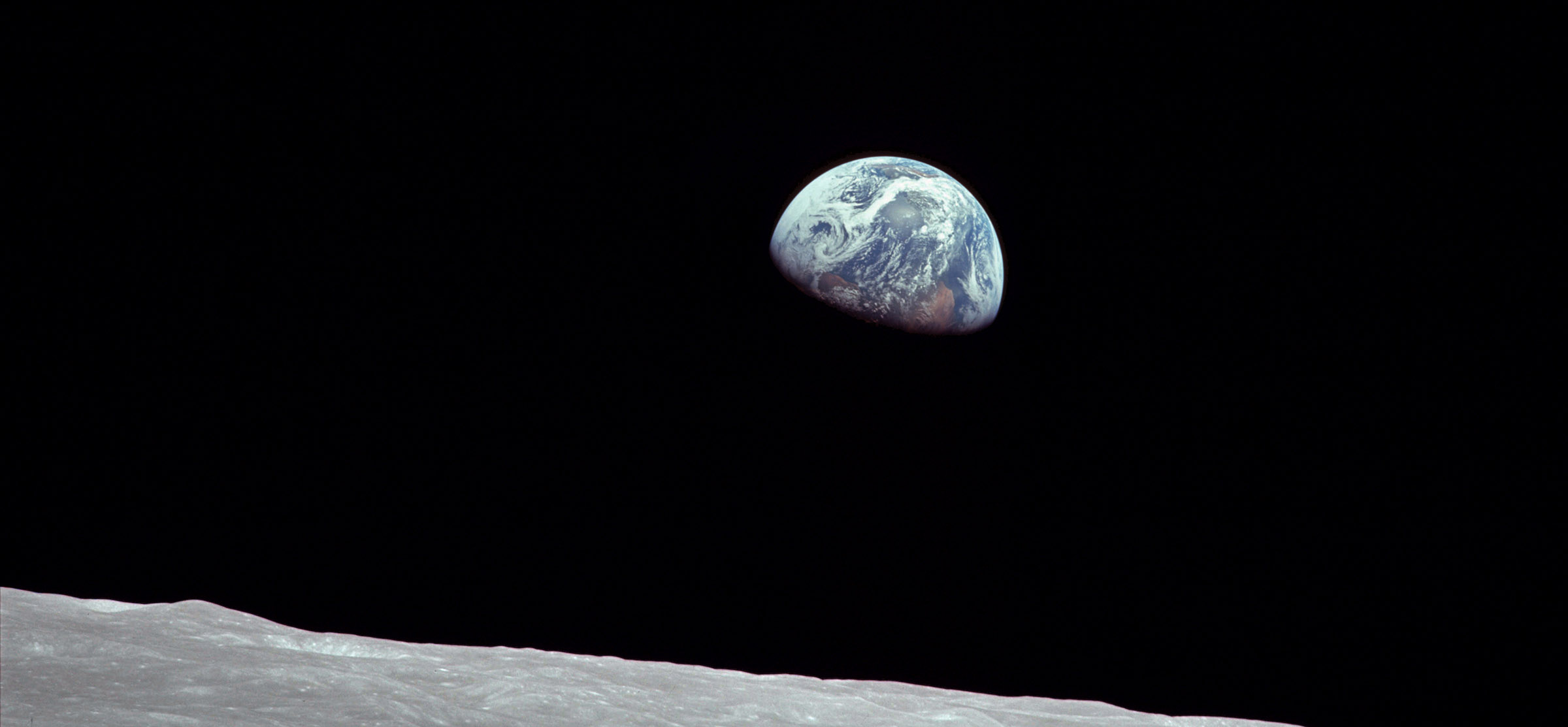
When future geologists want to identify in their digs and surveys the point at which the Anthropocene began, all they need do is locate the plastic.
“A sediment core taken off the coast of Southern California shows the first appearance of micro-plastic in its sedimentary depth layers around 1950s, with a subsequent doubling about every fifteen years thereafter,” writes Bren professor Roland Geyer. That we continue to saturate the environment — and ultimately ourselves — with plastics is a grim reminder that even after half a century of Earth Days, we still have a long way to go.
“The long-term consequences of such pervasive and near-permanent plastic pollution are unclear at this point, but there are many reasons to expect significant adverse ecological and human health effect,” he continues.
Geyer’s written reflections on the state of the world’s relationship to plastic is part of an open-source, online book titled “Earth 2020: An Insider’s Guide to a Rapidly Changing Planet” (Open Book Publishers, 2020). Edited by University of British Columbia professor Philippe Tortell, the book is a compilation of 26 essays by global experts in diverse environmental fields around the international phenomenon that is Earth Day, an annual celebration and acknowledgement of our ties to nature.
“The book project, namely to explore how Earth has changed in the 50 years since the first Earth Day, was instantly appealing to me, especially since it is aimed at a wide, non-technical audience,” Geyer said. His chapter, “Earth and Plastic,” examines the rise of petrochemical products, particularly plastic.
“Using plastic as an environmental indicator provides a unique perspective on humankind's impact on the natural environment, and Earth more broadly,” said Geyer, whose research emphasis — industrial ecology — causes him to look at the impacts of things the rest of us tend to overlook, like plastic packaging, waste and single-use items.
The news is sobering. On the first Earth Day, when plastics as a common material was about 20 years old, global production was about 37 megatons. By 2017, annual production had increased elevenfold, and cumulative production had reached 9.2 gigatons — or as Geyer illustrates, “900,000 Eiffel Towers, or 88 million blue whales, or 1.2 billion elephants.” The material we are trained to ignore is now ubiquitous, showing up in our water, in animals, even at the bottom of the Mariana Trench, the deepest part of the ocean.
Read the full article: The UCSB Current
Credit: Sonia Fernandez



